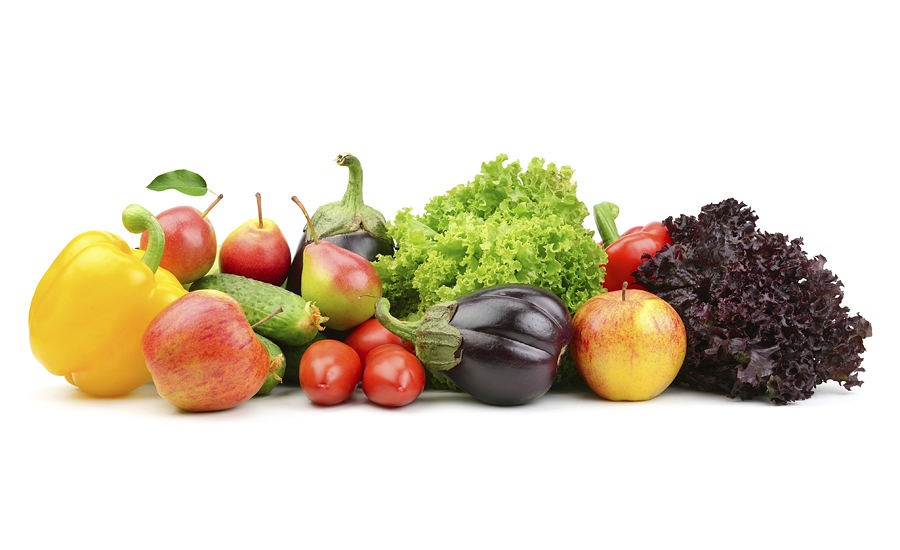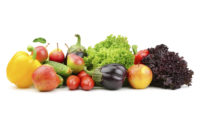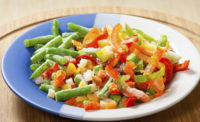Produce, a category that outpaces total store sales at $63 billion, increased in dollars 3.3% and grew in volume 2.6% over the 52 weeks ending March 19, according to “Power of Produce 2017,” produced by the Food Marketing Institute (FMI), Arlington, Va. This report identified the catalysts for growth and increased trips as primarily due to produce purchases among Millennial shoppers and purchases of more value-added, organic and branded items.
The analysis, conducted by 210 Analytics, San Antonio, Texas, and supported by data from IRI, Chicago, and Nielsen, New York, reveals strategies for food retailers to consider as they bolster their produce merchandising and marketing programs. One of the study’s top findings explores that while price remains an important factor in produce selection, appearance easily dominates. In fact, 58% of impulse produce purchases are a result of eye-catching displays.
“Consumers continue to look at ads and price when deciding where they plan to shop, but ultimately, when they are in the store, the eyes decide; the final purchase and incremental purchases are based on quality product and eye-catching merchandising,” says Rick Stein, vice president for fresh foods at FMI. “In addition to customer-perceived quality and freshness, the research emphasizes that the shopping experience matters for the produce shopper. Notably, increased sales can occur when knowledgeable associates can assist shoppers—50% of shoppers tend to repeatedly purchase the same items, but 83% welcome advice on unfamiliar items or preparation techniques.”
While the majority of the findings favored strategies and opportunities for traditional food retailers, this year’s analysis proposes that Millennials are driving growth in alternative channels, such as specialty organic stores and farmers’ markets when it comes to local and organic purchases. The popularity of locally-grown also continues to soar, with 54% of shoppers hoping for an expanded local selection, and local receives preference over organic among many consumers in a direct comparison.
The research was made possible by the support of Hillphoenix, Conyers, Ga., and Yerecic Label, New Kensington, Pa.


